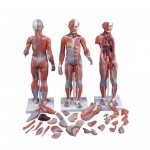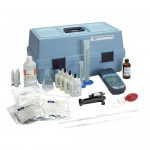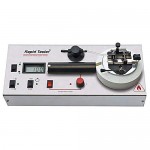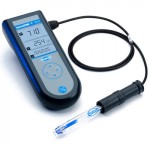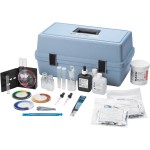Research on veterinary medicine's different items (blood, cadavers, organs), as well as the study of their characteristics, composition, structure, and chemical and biological processes.
You might be able to do so in regular veterinary practice. Animals that are sick or wounded must be diagnosed and treated. Carry out your duties. Perform blood tests, X-rays, and scans. In veterinary clinics, they provide care for animals. Vaccinations and routine health checks should be performed on a regular basis. Examine farm animals and provide advice on how to prevent illness transmission. These kinds of related products we supply to customers
Important Of Veternity Clinic
By making regular visits to the vet, many problems can be caught early and therefore taken care of before they turn into bigger, more serious issues. Monitoring your pet's health also is important in order to make sure he or she is as strong and as healthy as possible.
Veterinary Diagnostic Labs
The vet laboratory provides a safe place for medical testing of infectious toxins or agents in animal diagnostic samples. Veterinary professionals representing public officials related to wildlife management or public health, animal owners, and scientists submit these samples for analysis.
Most veterinary clinics and hospitals have what's known as a laboratory. The laboratory is an area located inside a veterinary hospital where laboratory equipment is used to analyze patient tests and samples. Larger hospitals, especially veterinary teaching hospitals, may have a large and professionally-staffed veterinary diagnostic laboratory, consisting of dozens of pieces of high-tech equipment able to run hundreds of different tests. Not to mention the expertise of board-certified clinical and gross pathologists right there and then.
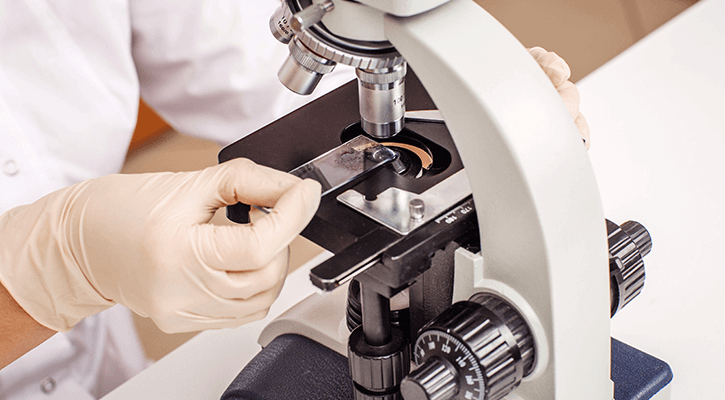
The most famous part of the veterinary laboratory is the microscope and its auxiliary items, like slides, stains, and cover slips. The microscope is used to look for intestinal parasites found in fecal samples, crystals found in urine, or blood to help identify any obvious problems, among many other things. Lying around somewhere in the lab, you'll hopefully find the refractometer, an instrument that helps to determine the concentration of things like urine.
Commonly found in the lab is the centrifuge, a piece of equipment that helps to spin and, thus, separate a substance into separate components based on density. The centrifuge can be used to separate things like blood into its different parts for a wide variety of tests, including ones that can help tell if an animal is anemic or not. Actually, that gives me a nice segue to the next thing you'll find, which is something called a microhematocrit (capillary) tube, which is a thin, fragile, glass tube used to determine if a patient is anemic or not.
There are no application posts to list.


